In the previous post we did some testing that indicated that SLR lenses work well on the a7R. In an earlier post, I found some corner casts with the Leica 50mm f/1.4 Summilux ASPH that surprised me. I have not tested that lens for corner smearing; I’m waiting for the diffuser that will let me try out the Adobe Flat Field interleaved workflow. I picked the Leica 90mm f/2 Summicron APO for my next test. If it works out OK, then longer M-mount lenses will too. Exposures were from 1/8000 at f/2 to 1/160 at f/16.
Here’s the scene wide open. Both light falloff towards the periphery and diffuse veiling flare are visible:
f/2.8 removes both to a great extent:
At f/4, the illumination become even, and it stays that way through the rest of the apertures:
For the first series, I focused at f/2 on the trees just over the roof of the house. That part of the image looks like this at f/2 and 1:1:
f/2.8 looks a lot sharper at first glance, but the big difference is the contrast increase due to the reduction in diffuse veiling flare:
f/4 is a little sharper, and f/5.6 is sharper yet:
f/8 is about the same as f/5.6, and it softens up a little at f/11 and a lot at f/16.
The tree at the upper right (it’s the same tree as in the upper right of the wide angle images posted earlier, but from a different perspective) isn’t sharp at the wider f-stops when the camera is focused on the tree over the house, so the next images are all from the series where I focused on the upper right foliage. I think the reason is that the trees are at different distances, although it is possible that there is some field curvature.
f/2 and f/2.8 are about the same sharpness, and they are not bad at all, considering. Here’s the foliage at f/2.
f/4 is crisper:
F/5.6 is a little sharper. f/8 and f/11 are about the same, and the sharpest apertures at this corner. This is f/8:
f/16 is softer, about the same as f/5.6.
So, overall, the best aperture for this lens on the a7R is f/8. The performance is pretty darned good, and there’s no obvious smearing or corner cast to be seen. My guess is that the 135 would also be a good match for the a7R.
Here’s the whole series cropped to the trees over the roof.
Here’s the whole series cropped to the tree at the upper right.
The links are to Photoshop files with 12 layers, 6 layers for the center-focused images, and 6 for the upper-right-focused images. The layers are labeled appropriately.
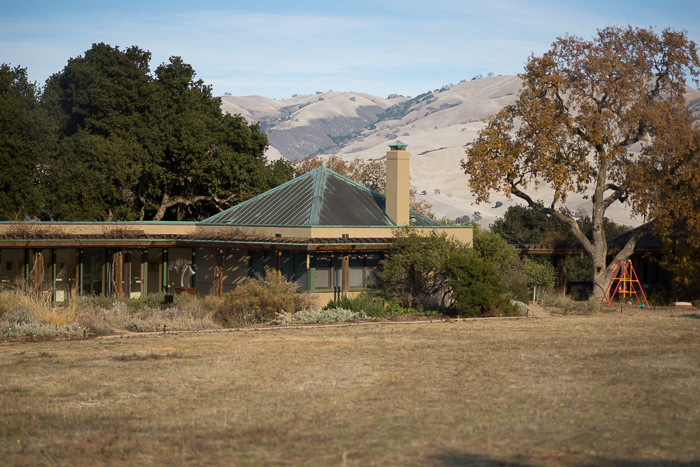
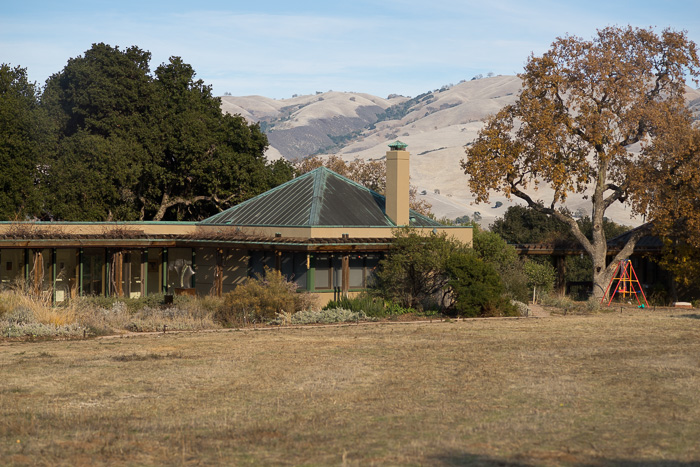
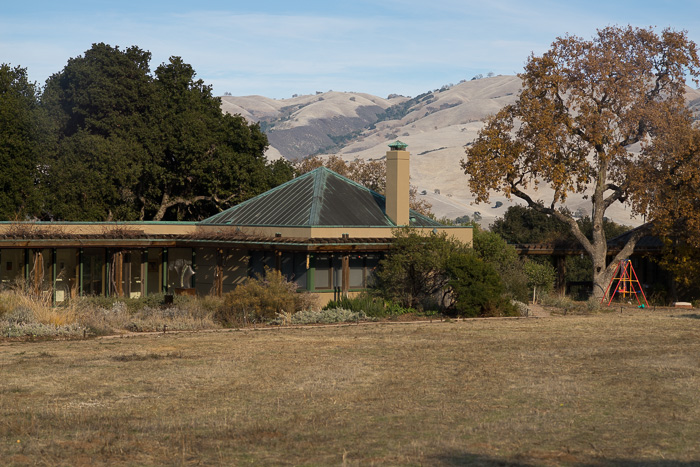

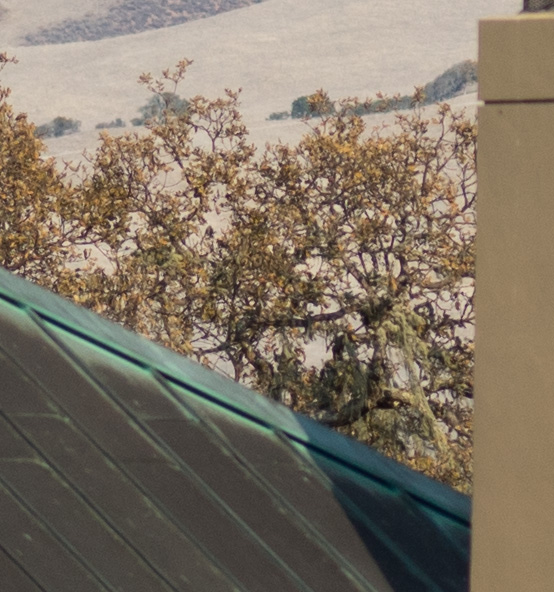
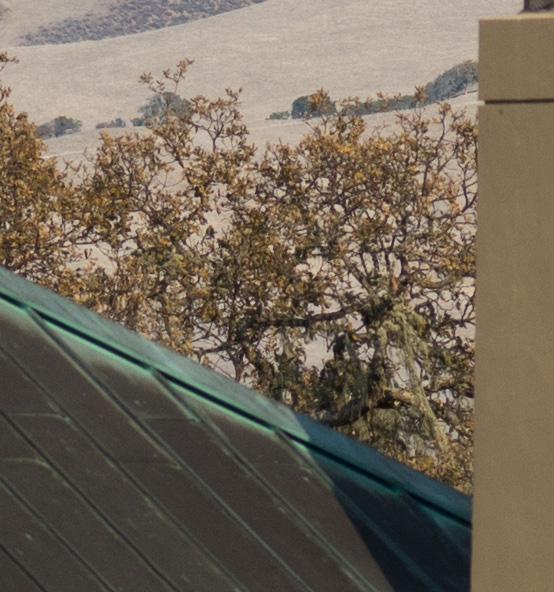
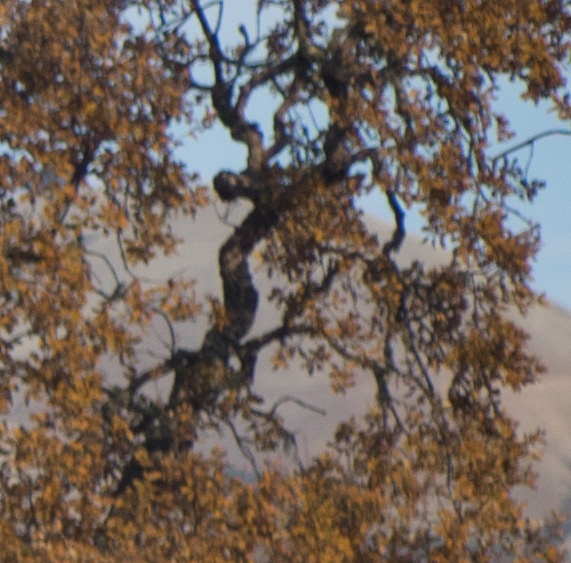

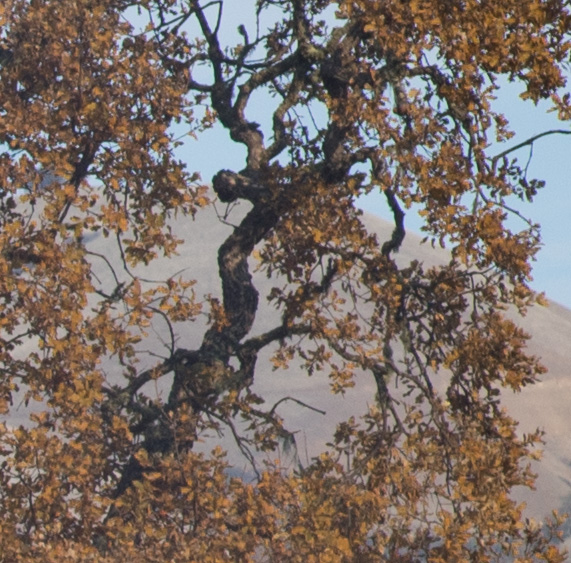
[…] you want to see how longish third-party lenses do on the a7R, go here, […]